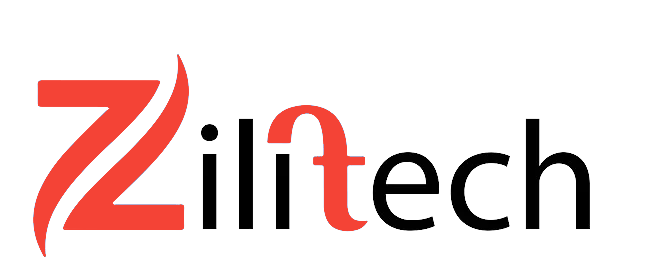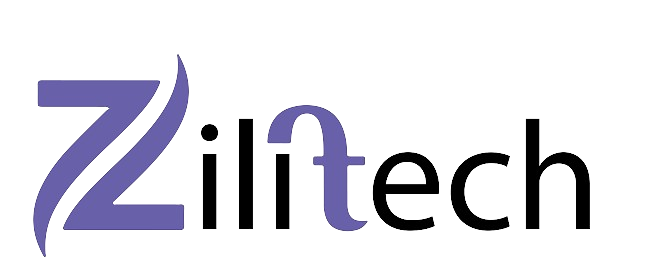Introduction
In today’s digital landscape, having a secure website isn’t just an option—it’s a necessity. Cyber threats are becoming more sophisticated, targeting vulnerabilities in web infrastructure that can compromise user data and tarnish reputations. Whether you’re running a small personal blog or managing a large e-commerce platform, understanding and implementing website security best practices is crucial.
Understanding Website Vulnerabilities
Identifying Weak Points
Every website has weak points that attackers can exploit. These include outdated software, weak passwords, and unpatched vulnerabilities. Identifying these weak points is the first step in securing your website.
Common Vulnerabilities
Common vulnerabilities include:
- Outdated Software: Old versions of CMS, plugins, and libraries can have unpatched security holes.
- Weak Authentication: Simple passwords and lack of multi-factor authentication make it easier for attackers to gain unauthorized access.
- Injection Attacks: SQL injections and other forms of code injection allow attackers to execute malicious commands.
SSL/TLS Encryption
What is SSL/TLS?
SSL (Secure Sockets Layer) and TLS (Transport Layer Security) are protocols that encrypt data transmitted between a user’s browser and your web server. This encryption ensures that sensitive information like login credentials and payment details remain confidential.
How SSL/TLS Protects Data
SSL/TLS protects data by encrypting the information exchanged, making it unreadable to anyone who intercepts it. This is particularly important for sites handling sensitive user data.
Implementing SSL/TLS
To implement SSL/TLS:
- Purchase an SSL Certificate: Buy from a trusted certificate authority (CA).
- Install the Certificate: Follow your web hosting provider’s instructions.
- Update Your Website: Ensure all URLs use HTTPS instead of HTTP.
Secure Authentication
Importance of Strong Passwords
Strong passwords are essential for protecting user accounts. A good password should be long, include a mix of characters, and avoid common words or patterns.
Multi-Factor Authentication (MFA)
MFA adds an extra layer of security by requiring users to provide two or more verification factors. This can be something they know (password), something they have (security token), or something they are (fingerprint).
Regular Software Updates
Updating CMS and Plugins
Content Management Systems (CMS) and plugins often release updates to patch security vulnerabilities. Regularly updating these components is critical to maintaining security.
The Role of Patches in Security
Patches are software updates that fix specific vulnerabilities. Applying patches as soon as they are released helps protect your site from known threats.
Web Application Firewalls (WAF)
What is a WAF?
A Web Application Firewall (WAF) is a security solution that monitors and filters traffic to your web application. It protects against common attacks like SQL injection and cross-site scripting (XSS).
Benefits of Using a WAF
Using a WAF can:
- Block Malicious Traffic: Prevents attacks before they reach your application.
- Monitor Traffic: Provides insight into potential threats.
- Reduce Risk: Lowers the likelihood of a successful attack.
Secure Coding Practices
Avoiding Common Coding Pitfalls
Secure coding involves avoiding practices that introduce vulnerabilities. This includes not hardcoding credentials, sanitizing user input, and validating data on both the client and server sides.
Writing Secure Code
To write secure code:
- Use Prepared Statements: Avoid SQL injection by using prepared statements and parameterized queries.
- Escape Output: Prevent XSS by escaping output in HTML and JavaScript.
- Limit Error Messages: Do not reveal too much information in error messages.
Data Backup Strategies
Importance of Regular Backups
Regular backups ensure that you can recover your website in case of data loss, whether due to an attack, hardware failure, or accidental deletion.
Best Practices for Data Backups
- Automate Backups: Use automated tools to schedule regular backups.
- Store Offsite: Keep backups in a separate location to protect against physical damage.
- Test Restores: Regularly test your backup restoration process to ensure data can be recovered quickly and completely.
User Access Control
Principle of Least Privilege
Grant users the minimum level of access necessary for their role. This reduces the potential damage from compromised accounts.
Managing User Roles
Define and manage user roles carefully. Ensure that permissions align with the responsibilities of each role and regularly review and update access rights.
Monitoring and Logging
Importance of Monitoring
Monitoring your website helps detect and respond to security incidents quickly. This includes tracking failed login attempts, unusual traffic patterns, and unauthorized changes.
Setting Up Effective Logging
Effective logging involves:
- Comprehensive Coverage: Log all relevant activities, including user actions and system changes.
- Centralized Storage: Store logs in a centralized location for easy analysis.
- Regular Reviews: Regularly review logs for suspicious activity.
Content Security Policy (CSP)
What is CSP?
A Content Security Policy (CSP) is a security standard that helps prevent XSS attacks by specifying which content sources are allowed to be loaded by the browser.
Implementing CSP for Security
To implement CSP:
- Define a Policy: Specify allowed sources for scripts, styles, and other content.
- Update Headers: Add the CSP header to your website’s HTTP response.
Handling Sensitive Data
Encrypting Sensitive Information
Encrypt sensitive data both in transit and at rest. This includes using SSL/TLS for data in transit and encryption algorithms like AES for data at rest.
Secure Data Storage
Store sensitive data in secure locations with strong access controls. Use hashing algorithms like bcrypt for storing passwords.
Preventing SQL Injection
Understanding SQL Injection
SQL injection involves inserting malicious SQL statements into queries. This can allow attackers to access or manipulate your database.
How to Prevent SQL Injection Attacks
Prevent SQL injection by:
- Using Prepared Statements: Always use parameterized queries.
- Validating Input: Ensure that input data is validated and sanitized.
Cross-Site Scripting (XSS) Prevention
What is XSS?
XSS involves injecting malicious scripts into web pages. These scripts can then execute in the browser of any user who visits the page.
Strategies to Prevent XSS
Prevent XSS by:
- Sanitizing Input: Clean all user input before processing it.
- Escaping Output: Ensure output is properly escaped to prevent script execution.
Conclusion
Website security is an ongoing process that requires vigilance and proactive measures. By implementing the best practices outlined in this article, you can significantly reduce the risk of security breaches and protect your site and its users from potential threats. Stay updated on the latest security trends, regularly audit your website’s security posture, and be prepared to adapt to new challenges as they arise.
FAQs
1. Why is SSL/TLS Important? SSL/TLS encrypts data between the browser and server, protecting sensitive information from interception and tampering. It’s essential for maintaining user trust and complying with data protection regulations.
2. How Often Should I Update My Software? Software should be updated as soon as new updates or patches are released. Regular



